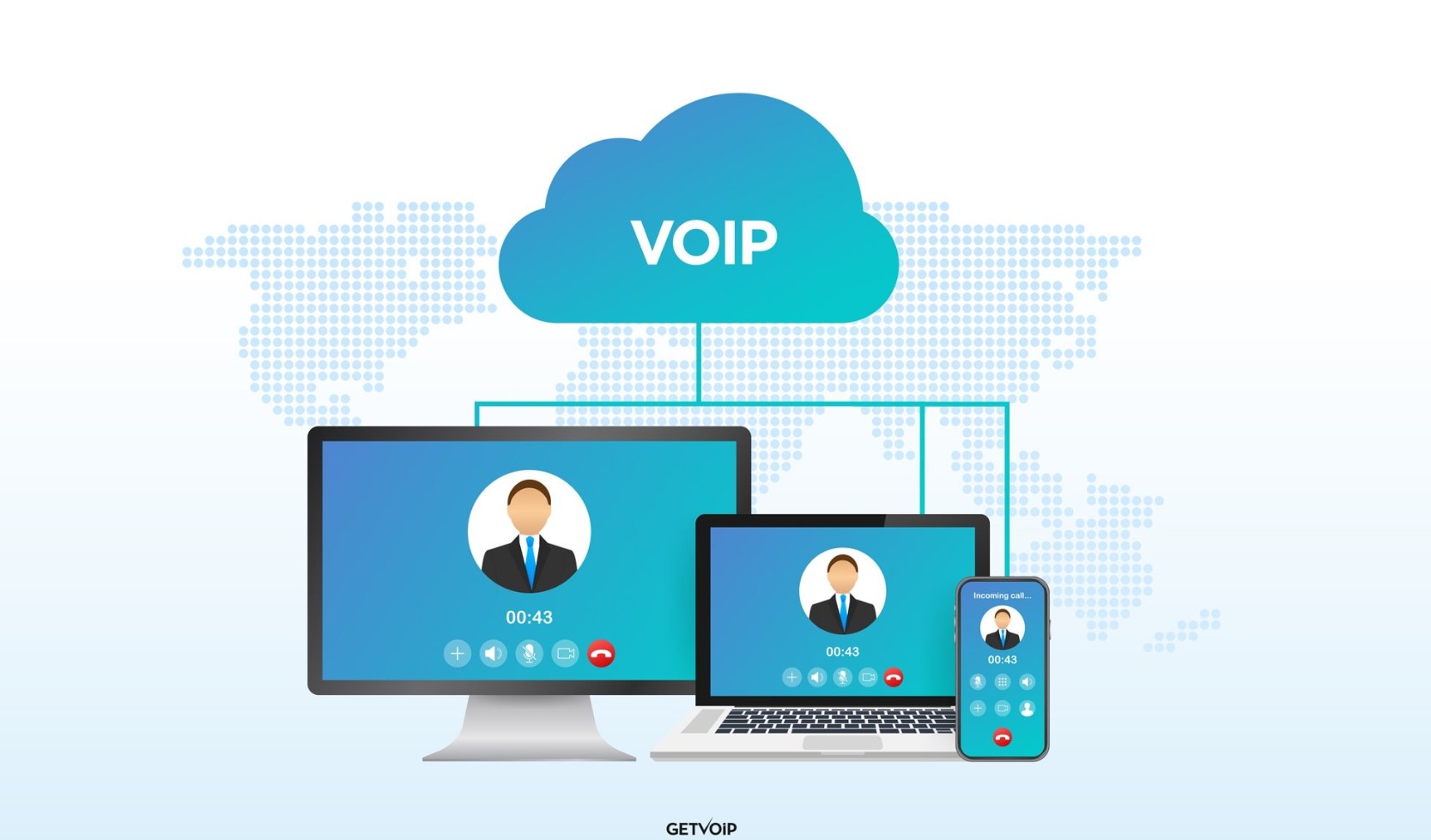Building a loyal customer base is essential for the long-term success of small businesses. One effective strategy to foster customer loyalty is by implementing a well-designed loyalty program. This article will guide you through the process of creating and managing a loyalty program that can help your small business thrive.
Understanding the Importance of Customer Loyalty
Customer loyalty plays a crucial role in the growth and sustainability of any business. Loyal customers not only make repeat purchases but also become brand advocates, spreading positive word-of-mouth and attracting new customers. A well-designed loyalty program can help you nurture and strengthen these valuable relationships.
Benefits of a Well-Designed Loyalty Program
- Increased Customer Retention: A loyalty program incentivizes customers to continue doing business with you, reducing churn rate and boosting customer retention.
- Enhanced Customer Engagement: By offering exclusive rewards and personalized experiences, you can deepen customer engagement and create an emotional connection with your brand.
- Higher Customer Lifetime Value: Loyal customers tend to spend more over their lifetime, contributing significantly to your business’s bottom line.
Setting Clear Objectives for Your Loyalty Program
Before implementing a loyalty program, it’s important to define clear objectives that align with your business goals. These objectives could include increasing customer retention, driving incremental sales, improving customer satisfaction, or attracting new customers.
Identifying Your Target Audience
Understanding your target audience is crucial for designing a loyalty program that resonates with their preferences and needs. Conduct market research and gather insights to identify your ideal customers and their motivations for engaging with your business.
- Conduct Market Research: Begin by conducting thorough market research to gain insights into your industry, competitors, and customer segments. This will help you understand the demographics, psychographics, and purchasing behaviors of your potential customers.
- Analyze Existing Customer Data: Dive into your existing customer data to identify patterns and characteristics of your most loyal and valuable customers. Look for commonalities such as age, gender, location, interests, and purchase history.
- Create Buyer Personas: Develop detailed buyer personas that represent your ideal customers. These personas should include information such as age, occupation, income level, lifestyle, goals, challenges, and preferences. Use market research and customer data to shape these personas accurately.
- Utilize Surveys and Interviews: Conduct surveys and interviews with your existing customers to gather firsthand information about their needs, motivations, and pain points. Ask questions that help you understand why they chose your business and what they value the most.
- Monitor Social Media Conversations: Monitor social media platforms and online communities where your target audience is active. Pay attention to the discussions, comments, and feedback related to your industry or product/service. This can provide valuable insights into their preferences and opinions.
- Analyze Competitor Audiences: Study your competitors’ customer base and analyze their target audience. Identify gaps or opportunities within their customer segments that you can capitalize on. Look for areas where you can differentiate your business and attract a unique audience.
- Use Website Analytics: Analyze your website analytics to understand the demographics, interests, and behaviors of your website visitors. This data can help you refine your target audience and tailor your marketing efforts accordingly.
- Consider Geographic Targeting: Determine whether your target audience is localized or spread across different regions. If you have a physical store or provide location-specific services, consider the geographical factors that influence your audience’s preferences.
- Stay Updated with Industry Trends: Stay abreast of industry trends, changes in consumer behavior, and emerging technologies that might impact your target audience. Continuously adapt your strategies to align with evolving customer preferences.
- Test and Refine: Once you have identified your target audience, test your assumptions and refine your strategies based on the feedback and results. Monitor the effectiveness of your marketing campaigns and make data-driven adjustments as necessary.
Designing an Effective Loyalty Program Structure
To create an effective loyalty program, you need to design a structure that encourages customer participation and rewards their loyalty. Consider factors like points accumulation, tiered membership, exclusive perks, and referral programs while designing the structure.
Choosing the Right Rewards and Incentives
Selecting the right rewards and incentives is vital to motivate customers to participate in your loyalty program. Tailor your rewards to align with your target audience’s interests and preferences. Offer a mix of tangible rewards (discounts, freebies) and experiential rewards (exclusive events, personalized offers).
- Understand Customer Preferences: Gain a deep understanding of your target audience’s preferences and interests. Analyze their buying behavior, survey responses, and feedback to identify the types of rewards and incentives that would appeal to them the most.
- Offer Relevant and Valuable Rewards: Ensure that the rewards you offer align with your customers’ needs and desires. Tailor the rewards to match their preferences, such as exclusive discounts, free products or services, VIP access, personalized offers, or early access to new releases.
- Create Tiered Rewards: Implement a tiered rewards system where customers can unlock higher-value rewards as they progress. This provides a sense of achievement and encourages continued engagement with your loyalty program.
- Provide Experiential Rewards: Consider offering experiential rewards that go beyond monetary value. This can include exclusive events, behind-the-scenes access, personalized consultations, or special experiences related to your industry or brand.
- Gamify the Experience: Add an element of gamification to your loyalty program by incorporating challenges, milestones, or competitions. This encourages customers to actively participate and earn rewards while having fun.
Implementing the Loyalty Program
Once you have finalized the loyalty program structure and rewards, it’s time to implement it. Leverage technology solutions such as customer relationship management (CRM) software or loyalty management platforms to streamline program administration and track customer activities.
Promoting Your Loyalty Program
To maximize the program’s impact, promote it through various channels. Utilize social media, email marketing, in-store signage, and your business website to create awareness and encourage customer enrollment. Highlight the benefits and unique features of your loyalty program to entice participation.
Tracking and Analyzing Program Performance
Regularly monitor and analyze your loyalty program’s performance to identify areas of improvement. Measure key metrics like customer participation rates, redemption rates, and customer satisfaction levels. Use these insights to refine your program and make data-driven decisions.




